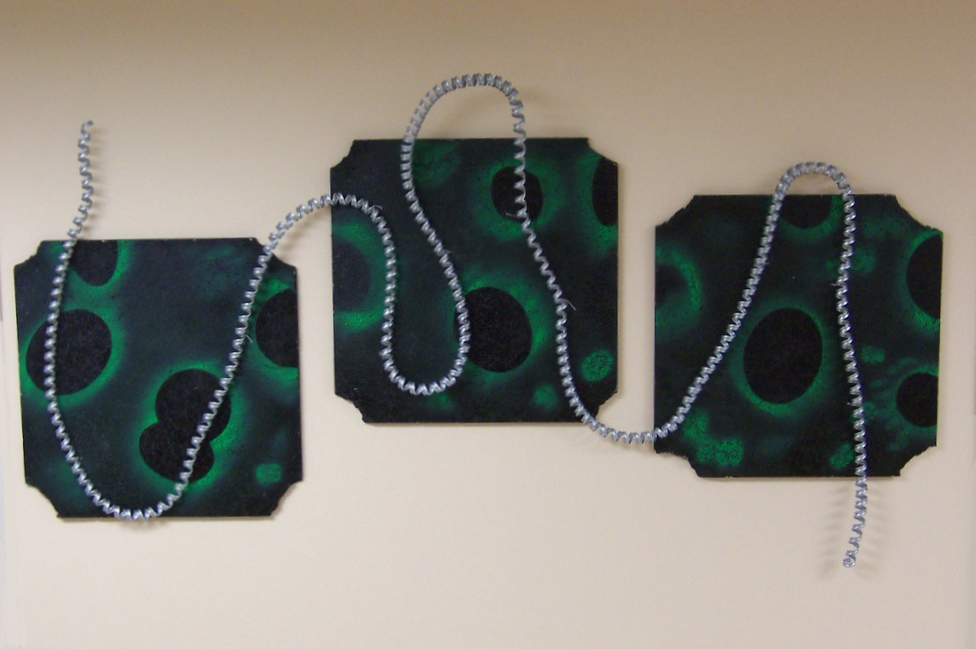16 Nov 2016
GPCR are the transmitters of signals inside the cells, allowing the cells of various organs and systems of the body communicate with each other and receive information about the environment. There are about 800 different GPCR, which are located in the membranes of human cells and recognize a wide range of extracellular simulators comprising ions, hormones, neurotransmitters, peptides, etc. Examples of well known molecules for which receptors respond are epinephrine, serotonin, dopamine, histamine, caffeine, opioids, cannabinoids, chemokines and many others. Receptors transmit signals through the activation of GTP-binding proteins (G-proteins), which in turn trigger intracellular complex chain of reactions leading to certain cellular and physiological responses. We can find it in the drugs: Cerebrolysin, Cortexin and in Peptide Complex for immune system.
The processes of GPCR-controlled, give us the opportunity to see and feel the smells, react to danger, have pain or feel euphoria, maintain blood pressure and regulate heart rate, ie, all that is necessary for the functioning of the body. Sometimes signaling processes are broken, leading to numerous and often severe disease. Many diseases may be cured but by acting on receptors drugs. In fact, about half of all modern drugs aimed at receptors associated with G-proteins. Thus, research aimed at determining the structure of GPCR receptors and signaling mechanisms should allow a better understanding of the causes of many diseases, as well as give impetus to the development of more effective drugs with minimal side effects.
History of GPCR research has more than 100 years. The receptor, which responds to the light - rhodopsin - was, for example, discovered and isolated in 1870 by the German scientist Wilhelm Kühne. By the early 70-ies of XX century, it was known that muscle cells can activate or inhibit the effects by certain molecules. Part of the mechanism of intracellular reactions, too, was known, and it was clear that the molecules, stimulating the cells do not penetrate into the cells. Thus, it was postulated the existence of a receptor substance which reacts to extracellular molecules and sends a signal into the cell.
The search for this elusive substance and the receptor engaged Robert Lefkovitz using adrenaline (a hormone stimulating cells) with a built a radioactive isotope of iodine. These studies determine that some adrenaline protein binds to a cell surface or receptor. The fact that the signal is transmitted inside the cell by activation of G-proteins, was by this time already discovered Rodbell and Gillmanom (for which the two scientists won the Nobel Prize for Medicine in 1994). Thus, proteins that respond to extracellular stimuli were identified receptor conjugated with G-proteins, and several of these receptors have been identified. However, the isolation and identification of the amino acid sequences of GPCR was a big problem, because all the receptors, with the exception of rhodopsin, the cells produced in very low numbers. For the first time to isolate and determine the sequence of the beta-adrenergic receptor (a receptor that responds to adrenaline) failed in 1986, then again in the laboratory Lefkovitz with Brian Kobilka who carried out the study postdoctoral. Cloning has brought a big surprise: amino acid sequence analysis showed that adrenoceptor has seven transmembrane alpha helices and is very similar to the visual receptor rhodopsin, studies of the structure which were more advanced thanks to the work of several laboratories, including Soviet scientists under the direction of Yuri Ovchinnikov.
These studies have shown that receptors with very different functions may be close relatives, and that perhaps there are other receptors with a similar structure. Indeed, the human genome sequencing has revealed more than 800 genes that encode GPCR. It became clear that signaling via GPCR is a universal mechanism of communication between the cells and the cells with the environment.
In order to fully understand the operation mechanism of GPCR, it had knowledge of their spatial structure with atomic resolution. Such structures can be obtained only by means of X-ray diffraction requires the cultivation of a highly ordered crystal. GPCR however, were famous for their resistance to crystallization, in spite of the persistent work of many laboratories in the world. The first GPCR structure was Palchevsky in 2000 crystallized the same rhodopsin, which is the most stable and the least mobile of all the GPCR. It took another 7 years before the first structure of the human receptor that responds to adrenaline was determined.
I was fortunate to participate in these studies. In 2006 I began working in the laboratory of Ray Stevens at the Scripps Institute in La Jolla, which has collaborated with Brian Kobilka in determining the structure of the beta-adrenergic receptors. Kobilka worked on stabilization adrenoceptor by molecular engineering, the Stevens laboratory tried to crystallize it. A few months later I was able to crystallize the receptor is modified using a special crystallization method in lipid cubic phase with the use of cholesterol, which I improved during the past several years. The structure of the beta-adrenoceptor has been published in the journal Science in 2007 and was named one of the 10 scientific advances of the year. Over the past 5 years, 15 different GPCR structures were identified - mainly laboratories Kobilka and Stevens. Finally, in 2011 Kobilka was possible to fix the crystal whole signaling complex between the activated beta-adrenoceptor and G-protein and determine its structure, making it possible to see close signal of transduction from the receptor to the G-protein.
Thus, thanks to the heroic efforts of Lefkovitz, Kobilkz and other scientists over the last 40 years, we have learned about the existence of a unique and diverse family of receptors conjugated with G-proteins, which control all the vital processes in the human body. Structural studies of the past five years have brought the knowledge of three-dimensional structures of these receptors, it possible to understand how extracellular ligands recognized by the receptors, and how is the transmission of signals to the G-proteins. These pioneering work laid the foundation for a more detailed investigation, which in the future will help to learn the necessary nuances that distinguish these receptors from each other and allow them to selectively respond only to certain ligands, a better understanding of the pharmaceutical signal details the different types of ligands to determine the possible effects of receptor dimerization, effects allosteric ligands, as well as details of an ectopic signaling mechanism through arrestin. All this may lead to a new generation of medicine, where drugs would be more effective, cease to cause side effects and will be selected according to the genetic information of the GPCR of the particular patient.

 Cart
Cart





